In the contemporary society in pursuit of high efficiency, the use of cars has been continuously extended, people have spent more time in cars, and the problem of air pollution in cars has also received widespread attention. Everyone must remember that Audi’s “Smelly Door” incident was full of excitement at the beginning of this year. In fact, complaints about air pollution in cars have never stopped in the past few years, after all, it seriously threatens the health of drivers and passengers. Where is the “invisible killer” in the car? Is it possible to eliminate VOC (volatile organic compound) emissions during the manufacturing process? What is the current level in the industry? In the face-to-face communication with the general manager of Huaian Kaiyue Technology Development Co., Ltd., we got some answers.
Key Information:
The air odor in the car often comes from leather, textiles and other interior materials. KAIYUE TECH’s water-based polyurethane resin can generate PU leather without using organic solvents, saving up to 95% of water and 50% of energy consumption.
Future cars will become multi-functional mobile living and working spaces. These trends will change automotive interiors, such as highly decorative appearance, integrated interior lighting, new forms of infotainment systems, and forward-looking seat designs.
The need to prevent pollution from the source
In fact, the air odor in the car often comes from VOC emissions in leather, textiles, plastic accessories, adhesives and other interior materials. The United States Environmental Protection Agency (EPA) pointed out that long-term exposure to air containing these ingredients may lead to disorders in hormone levels, decreased fertility, damage to the liver and kidneys, and may even cause cancer. It can be seen that air pollution in vehicles seriously threatens human health.
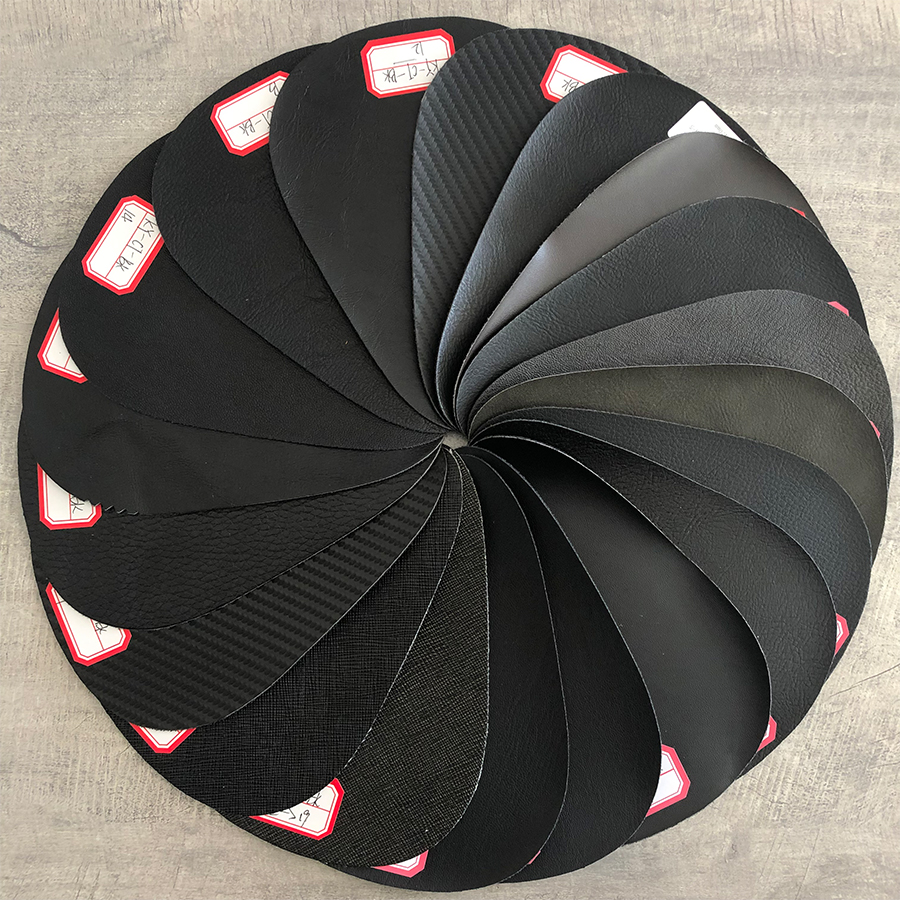
High-end car interiors use a lot of leather fabrics, and many car interiors are made of PU leather. PU leather produces dimethylformamide (DMF) during coating production. DMF is currently classified as a reproductive toxicity category 1B, meaning it could cause harm to unborn babies. Based on this, KAIYUE Technology has been committed to research and development of polyurethane resin since 2005, and launched water-based polyurethane resin material in 2017. Water-based PU is produced by using water instead of organic solvents. PU leather can be produced without using organic solvents. Pollution, green. In addition, compared with traditional solvent-based polyurethane production, the production process can also reduce pollution and hazardous waste, saving up to 95% of water and 50% of energy.
The editor compiled a set of data. If the synthetic leather industry can switch to water-based polyurethane, it can offset the equivalent of reducing the emissions of 6 million cars in one year, and the water saved can be used by 340,000 people.
Regarding the market application, the general manager of KAIYUE Technology also stated, “At present, more than 95% of PU leather is produced using solvent-based technology.” When asked why water-based polyurethane resins have not been applied to PU leather on a large scale, “mainly stems from two points: First, the production of solvent-based PU leather has a history of 30 years and belongs to the traditional industry. The production facilities of most companies include Equipment and site layout are based on solvent-based PU production lines. If water-based polyurethane technology is used, all devices and sites need to be replaced, and it takes time to cooperate with new suppliers. Second, the current solvent-based production volume is much larger than water-based, and the cost is relatively higher Easy to control. ”
“For market trends, we clearly see that there has been no growth trend in solvent-based production in recent years. On the contrary, water-based PU production has grown rapidly. In addition, regulations and policies have become more and more stringent on VOC emissions. Many originally produced solvent-based PU Synthetic leather factories have been relocated from larger cities to further locations or converted to water-based production. Therefore, KAIYUE Technology believes that it is only a matter of time before large-scale application of water-based technology.
 Water-based PU leather DMF-FREE leather, Napa pattern, water-based sneakers, leather shoes, sheep pattern, upholstered leather, vegan reclaimed leather
Water-based PU leather DMF-FREE leather, Napa pattern, water-based sneakers, leather shoes, sheep pattern, upholstered leather, vegan reclaimed leather
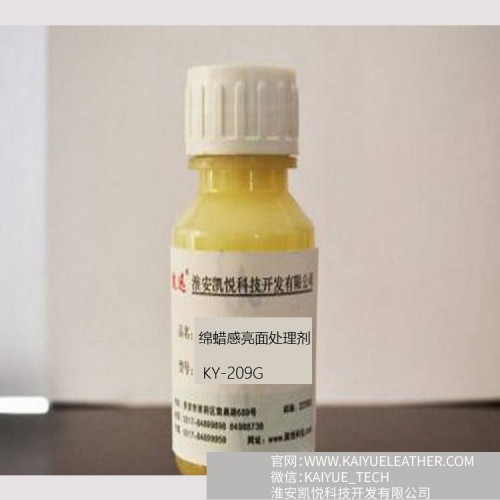 Wax feeling bright surface treatment agent KY209G
Wax feeling bright surface treatment agent KY209G
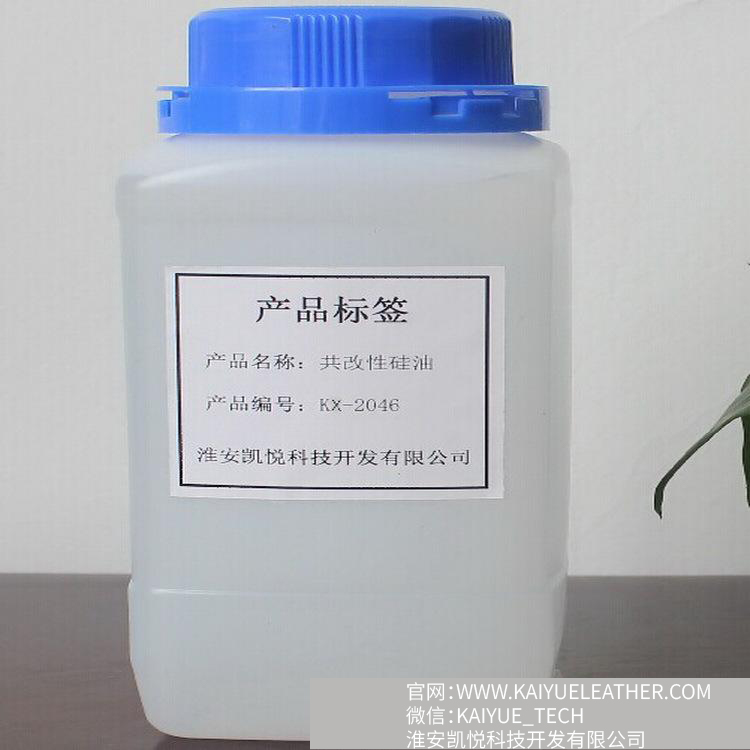 Long-chain alkyl and polyether co-modified silicone oil Special silicone leveling agent anti-ghosting KX-2046
Long-chain alkyl and polyether co-modified silicone oil Special silicone leveling agent anti-ghosting KX-2046
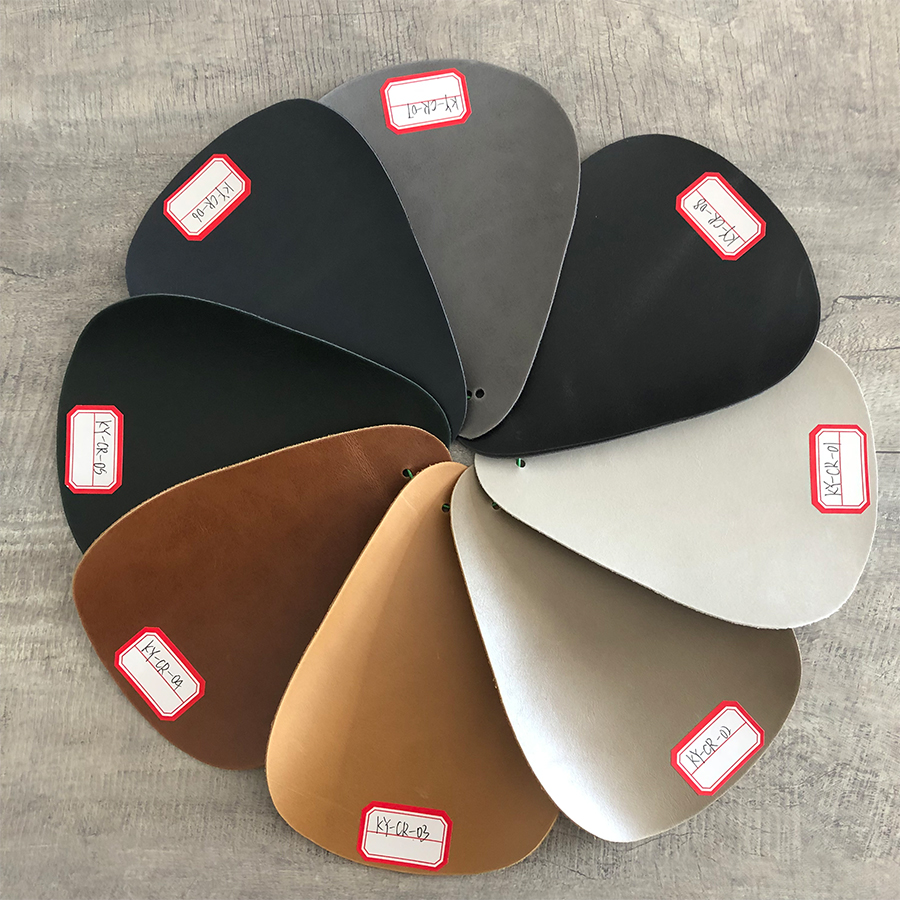 For Shoes&Handbag VII
For Shoes&Handbag VII
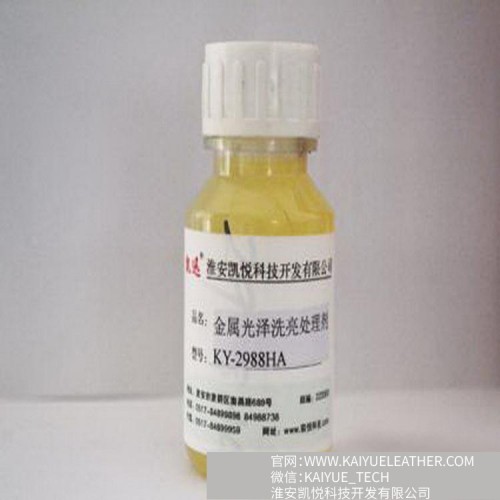 KY-2988HA Leather surface gloss treatment agent
KY-2988HA Leather surface gloss treatment agent
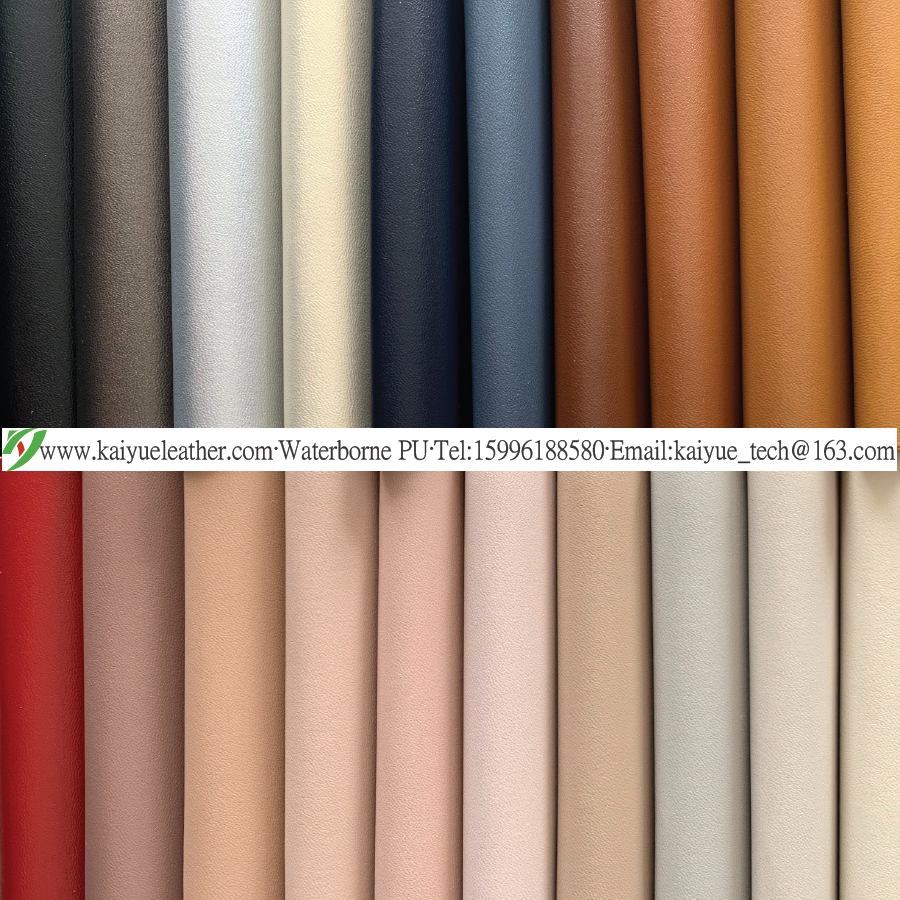 Water-based PU-KY9539
Water-based PU-KY9539
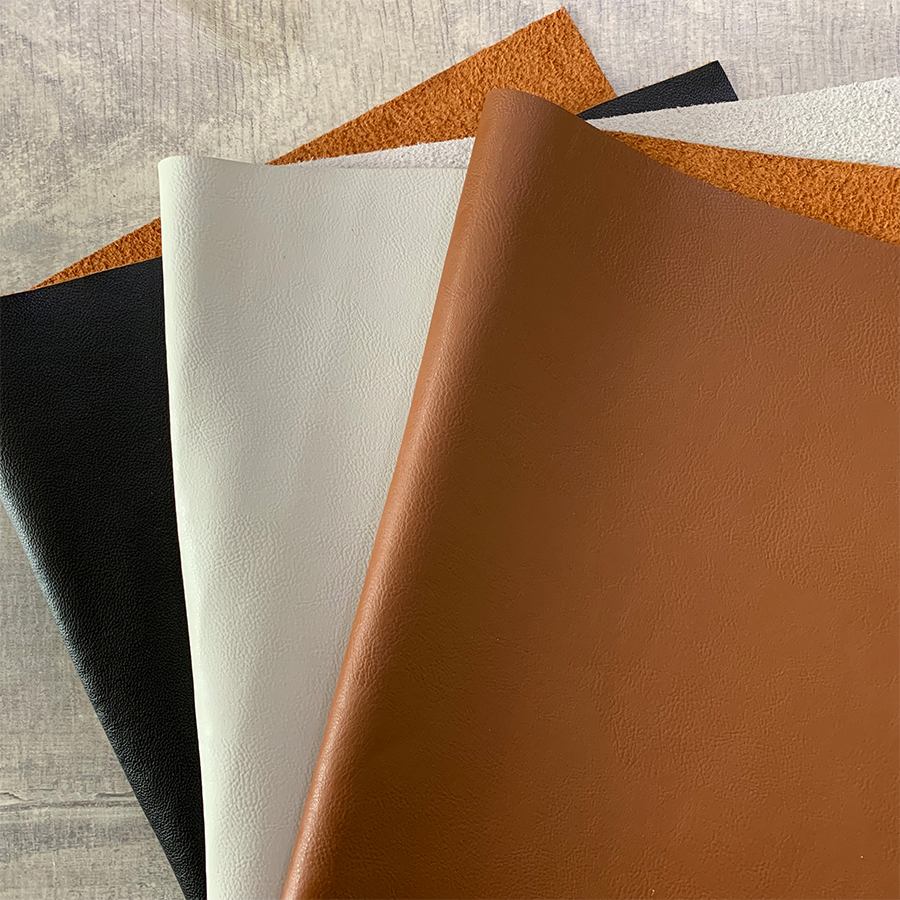 Simulation leather
Simulation leather
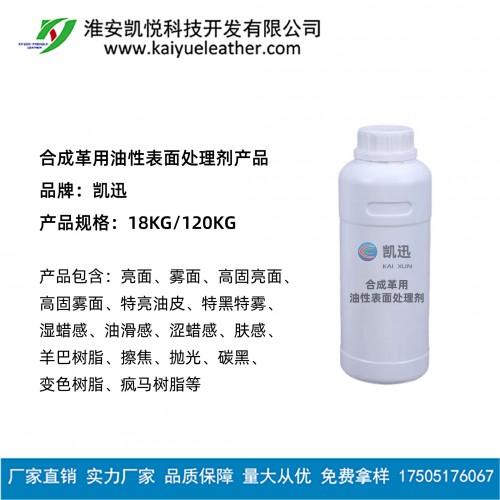 合成革用油性表面处理剂产品
合成革用油性表面处理剂产品